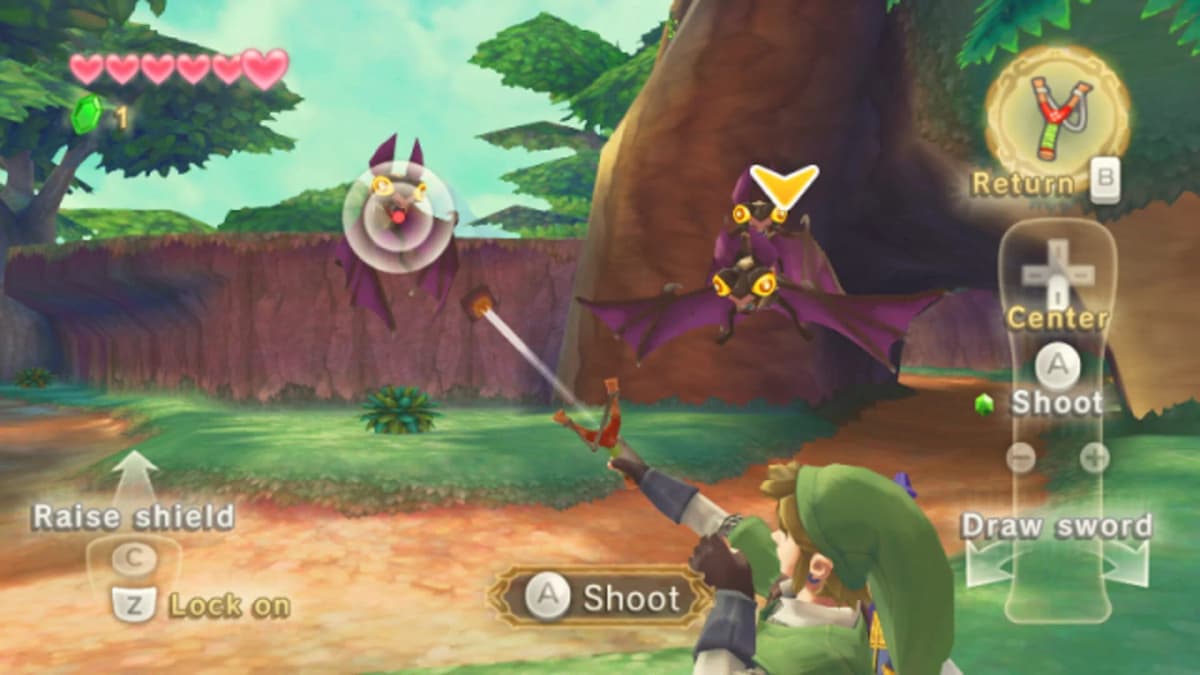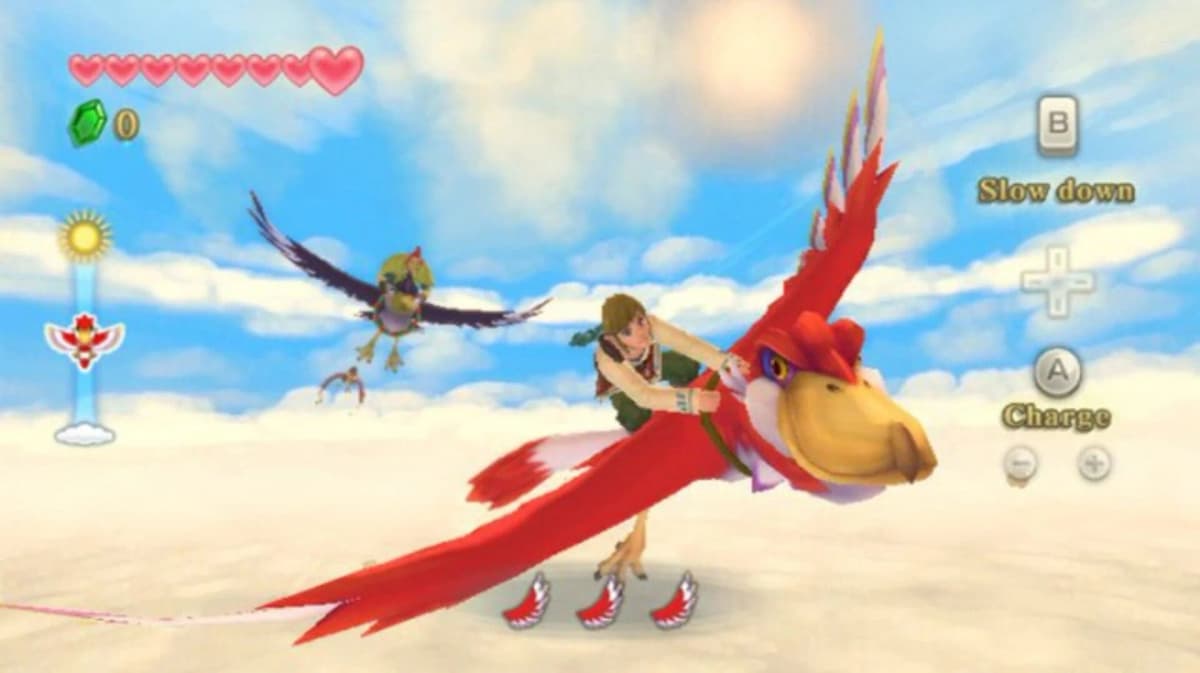
Game intel
The Legend of Zelda: Skyward Sword
The Legend of Zelda: Skyward Sword is the first Zelda game created specifically with the Wii in mind. The game makes use of the Wii MotionPlus peripheral for s…
As someone who devours concept art and spills coffee over game artbooks, I was thrilled to spot a familiar silhouette in two of Nintendo’s recent showcases. From Skyward Sword’s floating fortress to the seaside circuit in Mario Kart World, Mont Saint-Michel’s medieval charm keeps popping up in Nintendo’s fantasy realms. Let’s explore how this UNESCO World Heritage site became an unlikely star across Nintendo genres—and why it matters to gamers.
In The Legend of Zelda: Skyward Sword (2011), Celesbourg hovers above a sea of clouds—yet its shape is unmistakably Mont Saint-Michel. Nintendo’s Skyward Sword artbook presents sketches of a spired island cloaked in mist, replacing tidal waters with drifting vapors. Fans and historians have pointed out how the narrow causeway, layered ramparts and central abbey tower mirror the bay-side abbey in Normandy.
At last year’s fan meetup, I watched a friend’s eyes light up when she realized her favorite Zelda sky citadel was modeled on a real cathedral island—proof that hidden riffs become conversation starters in our community.

During the April 2025 Nintendo Direct, the new Mario Kart World track “Plage Peach” dropped jaws with an island rising from the surf. Sharp-eyed players immediately grabbed screenshots to compare the spired castle, rocky outcrop and narrow land bridge to Mont Saint-Michel’s famous causeway. Though Nintendo hasn’t officially confirmed the nod, social media threads on Reddit and Twitter have dissected every turret and wall segment.

Nintendo isn’t alone in borrowing real-world wonders—titles like Assassin’s Creed Unity famously reconstructed Notre-Dame, while Forza Horizon races through recognizable European countrysides. But Nintendo’s repeated Mont Saint-Michel salute across genres and years is rare. It demonstrates how developers mine cultural heritage for fresh ideas, then filter those inspirations through their distinct creative lens.
For many players, spotting a real-world reference is the ultimate Easter egg—an invitation to dive deeper. It creates a shared language between designers and fans, celebrating artistry on both sides of the screen. When you glide through Celesbourg or launch off Plage Peach’s cliffs, you’re not just playing a game—you’re walking (or karting) through centuries of history reimagined as digital wonder.

Though no official interviews have detailed this Mont Saint-Michel connection, there’s room for future research. A developer diary or art-director commentary—perhaps in a new edition of Hyrule Historia or a Mario Kart artbook—would confirm these theories and reveal how the design teams balanced authenticity with fun. Until then, keep your eyes peeled and your screenshots at the ready: Nintendo’s next deep cut could be hiding in plain sight.
Get access to exclusive strategies, hidden tips, and pro-level insights that we don't share publicly.
Ultimate Gaming Strategy Guide + Weekly Pro Tips